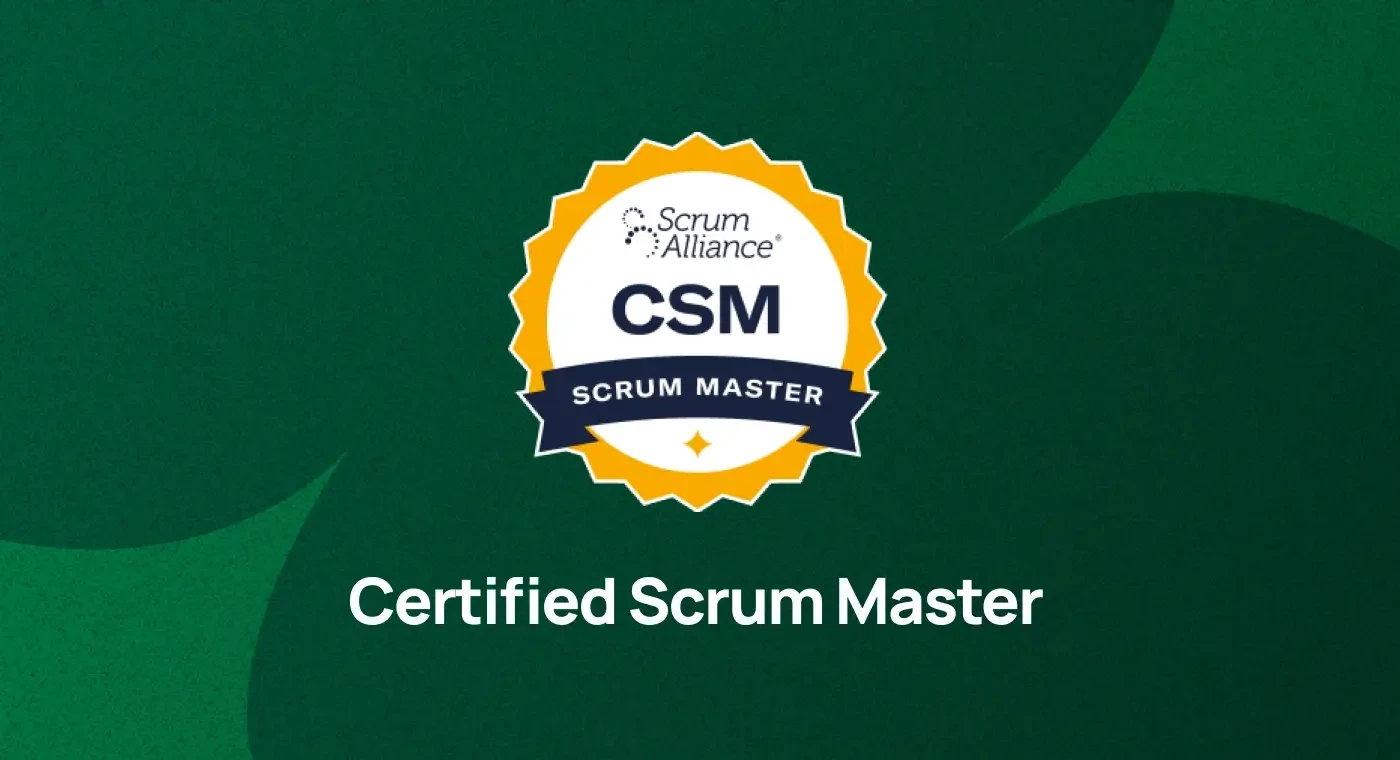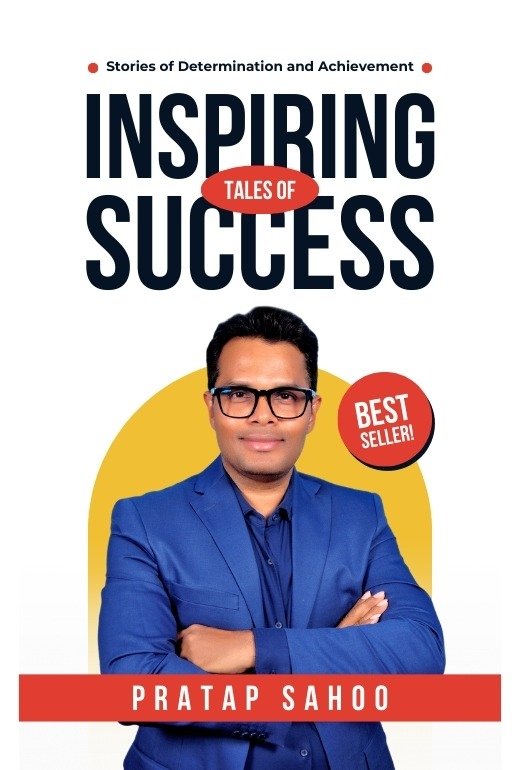Currently Empty: ₹0.00
Agile Management
Agile Interview Questions and Answers
A product owner in Scrum team who is responsible for the outcome of the project. He maximizes the value of the product by managing and optimizing the product backlog. A product owner’s key responsibility is to define user stories and create a product backlog. No matter whether you are a beginner or an intermediate or an experienced product owner, this write-up will aid you in increasing your confidence and knowledge of product owner. The questions below are divided into various topics catering to product owner. They range from story grooming, user story splitting and estimation, burn down charts and more. Also, this guide provide step-by-steo explanations for every question which will help you understand the concepts well. With Product Owner interview questions, you can be confident about your preparation for the upcoming interview.
Question 1-5
What is Agile?
Agile is an iterative approach to project management and software development that helps teams deliver value to customers faster and with fewer headaches.What are the core values of Agile?
Individuals and interactions over processes and tools
Working software over comprehensive documentation
Customer collaboration over contract negotiation
Responding to change over following a plan
What is the Agile Manifesto?
A declaration of four foundational values and 12 principles for agile software development.What is Scrum?
Scrum is a framework within Agile used to develop, deliver, and sustain complex products through collaboration, accountability, and iterative progress.What is a Sprint?
A fixed time-boxed period (typically 1–4 weeks) during which a specific set of work must be completed and made ready for review.
Question 5-10
What is a Product Backlog?
A prioritized list of features, functionalities, and bug fixes required in the product.Who is a Product Owner?
The person responsible for defining user stories and managing the product backlog to maximize product value.Who is a Scrum Master?
A facilitator who ensures that the team adheres to Scrum principles and helps remove blockers.What is a Daily Stand-Up?
A 15-minute time-boxed meeting for the team to synchronize activities and plan for the next 24 hours.What is a User Story?
A brief, simple description of a feature told from the perspective of the user or customer.
Question 10-15
What is a Sprint Review?
A meeting held at the end of the Sprint to inspect the increment and adapt the product backlog.What is a Sprint Retrospective?
A meeting where the team reflects on the past sprint to improve processes in the next sprint.What are Story Points?
A relative unit of measure for estimating the complexity of a user story.What is Velocity in Agile?
The amount of work a team can complete during a single Sprint.What is a Burndown Chart?
A graphical representation of work left to do versus time.
Question 15-20
- What is Definition of Done (DoD)?
A checklist of criteria that a product increment must meet to be considered complete. - Difference between Agile and Waterfall?
Agile is iterative and adaptive; Waterfall is sequential and rigid. - What is Kanban?
A visual system for managing work as it moves through a process, emphasizing continuous delivery. - What is an Epic?
A large body of work that can be broken down into smaller user stories. - What is the difference between Epic and User Story?
Epics are large features; stories are smaller, more manageable pieces of functionality.
Question 20-25
- What is Agile Planning?
Planning done at different levels (release, sprint, daily) and adapts over time. - What are the 12 Principles of Agile?
Derived from the Agile Manifesto; includes customer satisfaction, welcoming change, frequent delivery, etc. - What is a Release in Agile?
A deployable version of a product made available to users. - What tools are used in Agile?
Jira, Trello, Asana, VersionOne, Rally, Azure DevOps, etc. - What is Continuous Integration?
A practice where developers frequently integrate code into a shared repository.
Question 25-30
- What is Continuous Delivery?
Ensuring that software can be reliably released at any time. - What is Test-Driven Development (TDD)?
Writing tests before writing the code to fulfill those tests. - What is a Spike in Agile?
A time-boxed research activity to explore solutions. - What is Technical Debt?
The cost of rework caused by choosing easy solutions now instead of better approaches. - What is a Scrum Board?
A visual board used to manage sprint tasks.
Question 30-35
What is a Sprint Goal?
A short summary of what the team plans to achieve during the sprint.What are the Scrum Artifacts?
Product Backlog, Sprint Backlog, Increment.What is Pair Programming?
Two developers work together on the same code at the same workstation.What is Refactoring?
Improving code structure without changing its functionality.What is a Release Burn-Up Chart?
Shows the amount of work completed over time.
Question 35-40
What is Timeboxing?
Allocating a fixed time period to an activity.What is Scrum of Scrums?
A scaled agile technique used to coordinate multiple scrum teams.What is a Cross-Functional Team?
A team with all the skills necessary to deliver a product increment.What is the INVEST criteria?
Independent, Negotiable, Valuable, Estimable, Small, Testable.What is a Servant Leader?
A leader who serves the team by removing obstacles and enabling growth.
Question 40-45
What is Agile Estimation?
Forecasting effort using relative sizing like story points.What is the difference between Incremental and Iterative development?
Incremental adds functionality; iterative refines based on feedback.What is a Retrospective Action Item?
An improvement identified during the retrospective to implement in the next sprint.What is MoSCoW prioritization?
Must have, Should have, Could have, Won’t have.What is the difference between Scrum and Kanban?
Scrum is time-boxed; Kanban is flow-based and continuous.
Question 45-50
What is Agile Coaching?
Guiding teams and organizations in adopting Agile practices.What is Agile Transformation?
Transitioning an organization to Agile methodologies.What is WIP Limit in Kanban?
Work-in-Progress limit helps control flow and avoid bottlenecks.What is a Release Plan?
A timeline for delivering features and functionality to users.How do you handle changes during a Sprint?
Ideally, changes are added to the backlog unless they are critical; the sprint scope is protected.
Question 1-5
How do you manage distributed Agile teams?
Use strong communication tools, overlapping hours, clear processes, and cultural sensitivity.What are common Agile metrics?
Velocity, Lead Time, Cycle Time, Burn-down/Burn-up charts, Cumulative Flow Diagram.How do you ensure quality in Agile?
Through TDD, automation, peer reviews, and continuous integration.What are some Agile anti-patterns?
Command and control leadership, ignoring retrospectives, skipping testing, scope creep.How do you handle conflict in Agile teams?
Facilitate open communication and co
Question 5-10
How do you ensure stakeholder engagement?
Regular demos, sprint reviews, and active feedback loops.What are scaling frameworks in Agile?
SAFe, LeSS, Nexus, Scrum@Scale, Spotify Model.What is SAFe (Scaled Agile Framework)?
A framework for scaling Agile across large enterprises.Difference between Scrum and SAFe?
Scrum is for teams; SAFe is for enterprise-level coordination.What is the Agile Release Train (ART)?
A team of Agile teams working together to deliver value.
Question 10-15
How do you manage dependencies between Agile teams?
Through synchronization meetings, dependency tracking, and integration planning.What is the Definition of Ready (DoR)?
A checklist that user stories must meet before being picked for development.What is backlog grooming/refinement?
A regular activity to review and update the product backlog.What is the role of a Scrum Master in impediment removal?
Identifies and helps remove obstacles blocking the team's progress.What are Agile ceremonies?
Sprint Planning, Daily Stand-up, Sprint Review, Sprint Retrospective, and Backlog Refinement.
Question 15-20
How is risk managed in Agile?
Early and continuous delivery, transparency, and frequent inspection/adaptation.What is Agile governance?
The policies and frameworks that ensure Agile delivery aligns with business goals.What is velocity tracking used for?
To forecast the team's capacity and delivery timelines.What is the role of QA in Agile?
Embedded in the team, performing continuous testing and validation.How do you handle scope creep in Agile?
Through backlog reprioritization and product owner decisions.
Question 20-25
How do you motivate Agile teams?
Autonomy, mastery, purpose, recognition, and open communication.What is the Agile lifecycle?
Concept → Inception → Iteration → Release → Maintenance → RetirementWhat are personas in Agile?
Fictional characters representing different user types.How does Agile ensure customer satisfaction?
Through frequent releases, feedback loops, and customer collaboration.What are common challenges in Agile adoption?
Resistance to change, lack of training, role confusion, and inadequate support.
Question 25-30
What is test automation’s role in Agile?
Enables faster feedback and continuous testing.How do you handle underperforming team members?
Provide feedback, mentoring, and clarity on expectations.How does Agile support innovation?
By allowing experimentation, rapid feedback, and collaborative problem-solving.What is a Minimum Viable Product (MVP)?
A product with just enough features to satisfy early adopters and provide feedback.What is backlog prioritization?
Ordering items based on business value, risk, and dependencies.
Question 30-35
What is a value stream?
The steps required to deliver value to the customer.How do you use retrospectives effectively?
Focus on actionable feedback, team engagement, and continuous improvement.What are success criteria in Agile projects?
Customer satisfaction, timely delivery, team morale, and business value.What is the importance of transparency in Agile?
Builds trust, facilitates feedback, and ensures alignment.What’s the difference between capacity and velocity?
Capacity is potential availability; velocity is historical delivery rate.
Question 35-40
How do you transition from Waterfall to Agile?
Through pilot projects, training, coaching, and cultural change.What is Agile maturity?
A measure of how well an organization has adopted Agile principles and practices.What is a timebox?
A fixed period for completing a task or event.What is the "inspect and adapt" cycle?
Continuously reviewing progress and adjusting processes.What are the responsibilities of the Product Owner?
Prioritization, stakeholder communication, backlog management.
Question 40-45
What is cross-team coordination in Agile?
Ensuring alignment, dependency resolution, and shared goals across teams.How do you ensure knowledge sharing in Agile teams?
Pair programming, documentation, wikis, internal demos.How do you handle changing priorities?
Reassess backlog priorities and sprint planning accordingly.What is DevOps in Agile?
Integrates development and operations to accelerate delivery.What is Agile modeling?
Lightweight documentation and design modeling in an Agile context.
Question 45-50
What is the difference between Agile and Lean?
Agile focuses on iteration; Lean emphasizes waste reduction.What is a cadence in Agile?
The regular rhythm or pattern of events like sprint reviews.What is continuous improvement in Agile?
Iteratively enhancing processes based on feedback.How do you measure business value in Agile?
Based on revenue impact, customer feedback, and usage data.What is the significance of a working agreement?
Defines team norms, expectations, and communication styles.
Question 1-5
How do you scale Agile in a multi-team environment?
Use frameworks like SAFe, LeSS, or Nexus and ensure synchronization.What is the difference between SAFe and LeSS?
SAFe is prescriptive and structured; LeSS is lightweight and minimal.How do you align product strategy with Agile delivery?
Through roadmaps, OKRs, value streams, and continuous stakeholder involvement.What is Agile Portfolio Management?
Managing multiple Agile initiatives aligned with strategic objectives.How do you measure Agile ROI?
Cost savings, time-to-market, increased customer satisfaction, and revenue growth.
Question 5-10
What is a Value Stream Mapping exercise?
Visualizes steps in delivering value and identifies inefficiencies.How do you create an Agile culture in a traditional organization?
Leadership buy-in, training, mindset shifts, and iterative change.What role does leadership play in Agile transformation?
Set vision, empower teams, remove barriers, lead by example.What is Agile architecture?
An adaptive approach to system design allowing emergent, scalable architectures.How do you deal with organizational resistance to Agile?
Communication, education, quick wins, and stakeholder engagement.
Question 10-15
What is Enterprise Agility?
The ability of an entire organization to adapt quickly to market changes.What are OKRs in Agile context?
Objectives and Key Results align team efforts with business goals.How do you manage Agile contracts?
Focus on outcomes and flexibility rather than rigid scope.What is a Capability in SAFe?
A high-level solution behavior typically spanning multiple Agile teams.How do you foster innovation in scaled Agile environments?
Innovation sprints, hackathons, and dedicated exploration time.
Question 15-20
How do you balance technical excellence with delivery speed?
Through automation, quality practices, and architectural governance.What is dual-track Agile?
Separates discovery (design) and delivery (development) tracks for continuous flow.What is WSJF (Weighted Shortest Job First)?
A prioritization model in SAFe used to sequence backlogs by cost of delay.How do you manage architectural runway in SAFe?
Ensure ongoing investment in enabling technical infrastructure.How do you sustain long-term Agile practices?
Through metrics, feedback loops, training, and leadership commitment.
Question 20-25
What is Systems Thinking in Agile?
Holistic approach to understand and optimize the entire system.What’s the role of budgeting in Lean Portfolio Management?
Dynamic funding of value streams instead of traditional project budgets.How do you ensure Agile is not just process compliance?
Focus on outcomes, culture, mindset, and real user value.What is a guardrail in Lean Portfolio Management?
Policies that guide investment decisions without rigid control.What are emergent teams and how do they impact agility?
Formed dynamically based on need; promote flexibility and responsiveness.
Description
The Product Owner is a pivotal role in an Agile team, serving as the primary liaison for stakeholder needs and representing the team’s goals and progress. They are solely accountable for maintaining the quality and value of the team’s output and own the responsibility for managing the product backlog.
Demand for skilled Product Owners is strong across industries. A quick look at job postings shows top companies actively seeking candidates for this role. Currently, there are over 300 open Product Owner positions on LinkedIn in Spain alone. Research indicates that the average annual salary for a Product Owner in the United States is around $105,158, while in India, the average salary is approximately ₹9,97,286 per year, according to Indeed.








